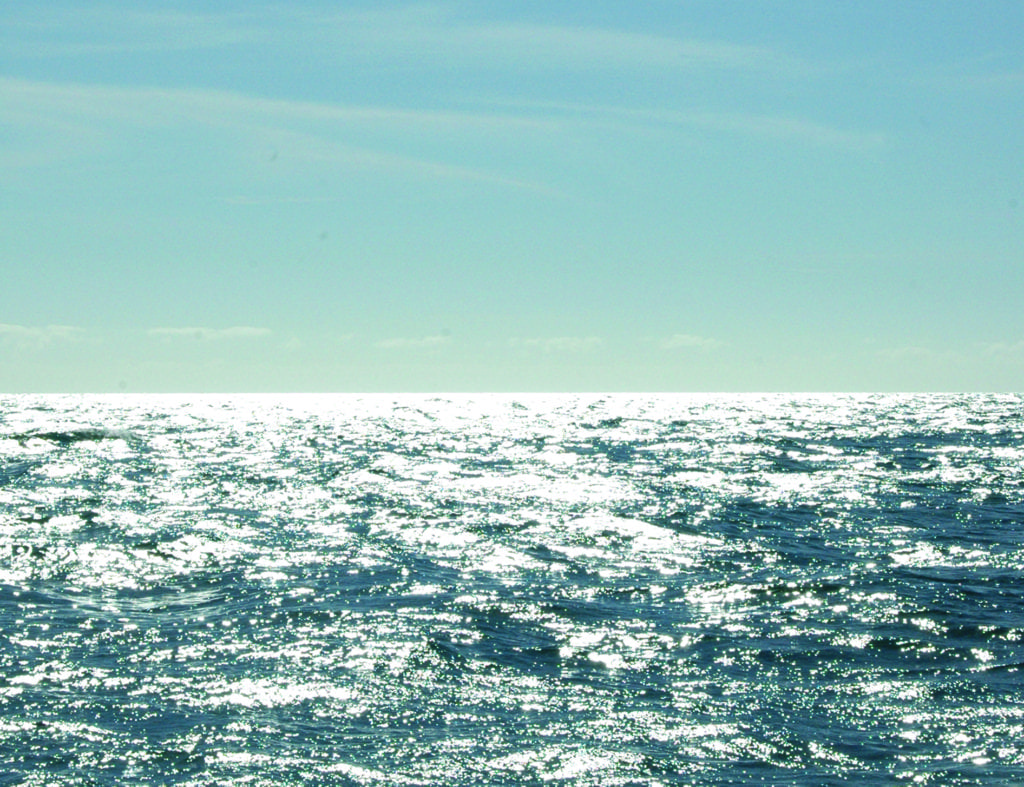Freshwater Fish Survival in the Flood (November 24)


It is often asked how freshwater fish could survive the Flood of Noah’s day when the whole Earth was covered with salt water. We do not know for certain what the salt content was of the Genesis floodwaters; they probably were salty but not as salty as today. One way freshwater fish could have survived in salty water was through the formation of a halocline (or density gradient) within the water layers. Very salty water poured into fresh water can form layers that remain separated indefinitely. The floodwaters could have formed a density gradient with fresh water on top and salt water in a layer below. For example, in 1993, the Great Mississippi Flood flowed into the Gulf of Mexico producing a layer of freshwater that was traceable all the way from the Mississippi River delta to the Florida Keys and a thousand miles up the East Coast.
Another possibility for survival was revealed in an experiment that was done in the 1970s by biologist Arthur Jones for his doctoral research. He hypothesized that “all, or at least most, fish kinds that survived the Flood must be able to survive both sea water and fresh, and much mixing of the two.” In this particular experiment he used a kind of fish called cichlids. His research found that freshwater cichlids not only survived for over two years in pure sea water, but they also “lived and reproduced normally.” Another fish that can survive in both fresh and salty waters is salmon. God created life with the ability to adapt to different environmental situations.
Psalm 69:34
KJV: Let the heaven and earth praise him, the seas, and every thing that moveth therein.
NIV: Let heaven and earth praise him, the seas and all that move in them,
Reference
Sherwin, Frank. 2004, The Ocean Book. Master Books: Green Forest, AR. p. 67-68.
Learn More
How Could Fish Survive the Genesis Flood?
Recommended
Book: Noah’s Ark: A Feasibility Study, John Woodmorappe
